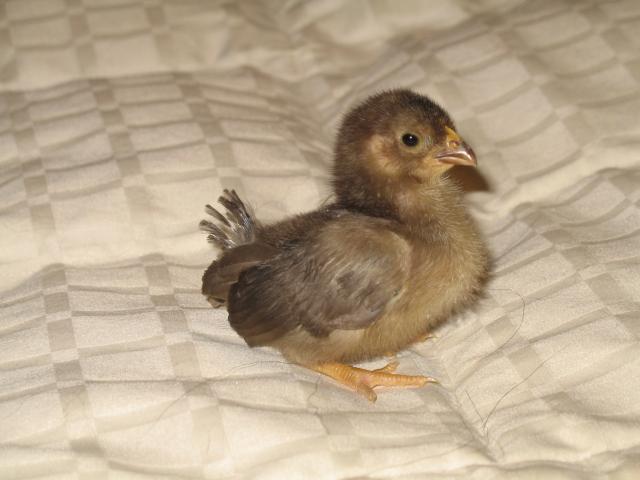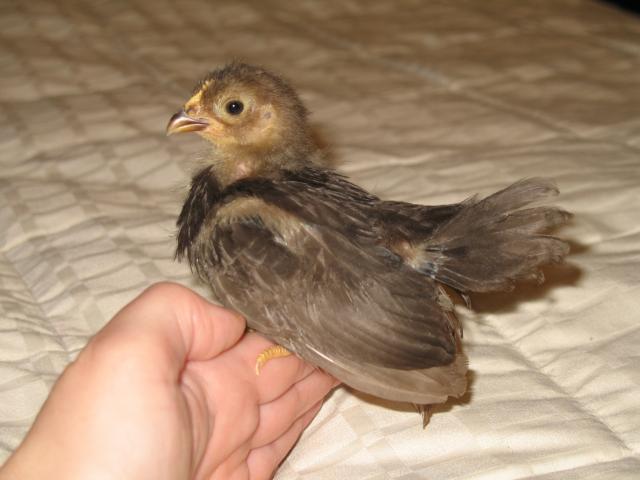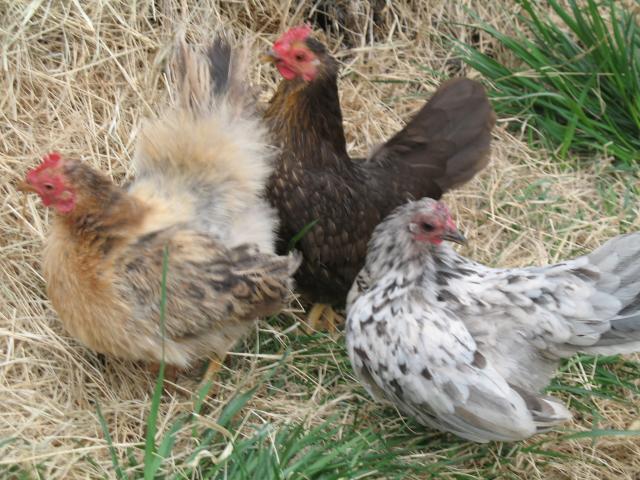I wanted to bring together some of the breeders who are working on the Chocolate color in Serama's so we can share information, photo's, trade Serama's and hatching eggs etc. I wanted to include blue and dun because of the way many of these are being categorized as Chocolate and I figure it would be a good way for everyone to learn how to get these cool colors and how they can be properly identified. I prefer it not to be a place to discredit anyone but a place to learn. Photo's are encouraged and I'd love to see photo's of chick down, juvenile feathering and adult feathering. I plan to share some chicks with SCNA members who already have the color and could use mine but I have about a dozen eggs right now, 5 under one setting hen, 6 under another and some in the incubator. My hen is chocolate, rooster is blue wheaten and I understand that none of the chicks from this cross will be chocolate but the roosters will be split for chocolate and I will be keeping one to breed back to the hen until I buy a black rooster for her. I would also be interested in a split for chocolate or chocolate rooster and would trade chicks for one. The hens will not get a chocolate gene from this initial cross and will all be for sale.
Cathy
Cathy









